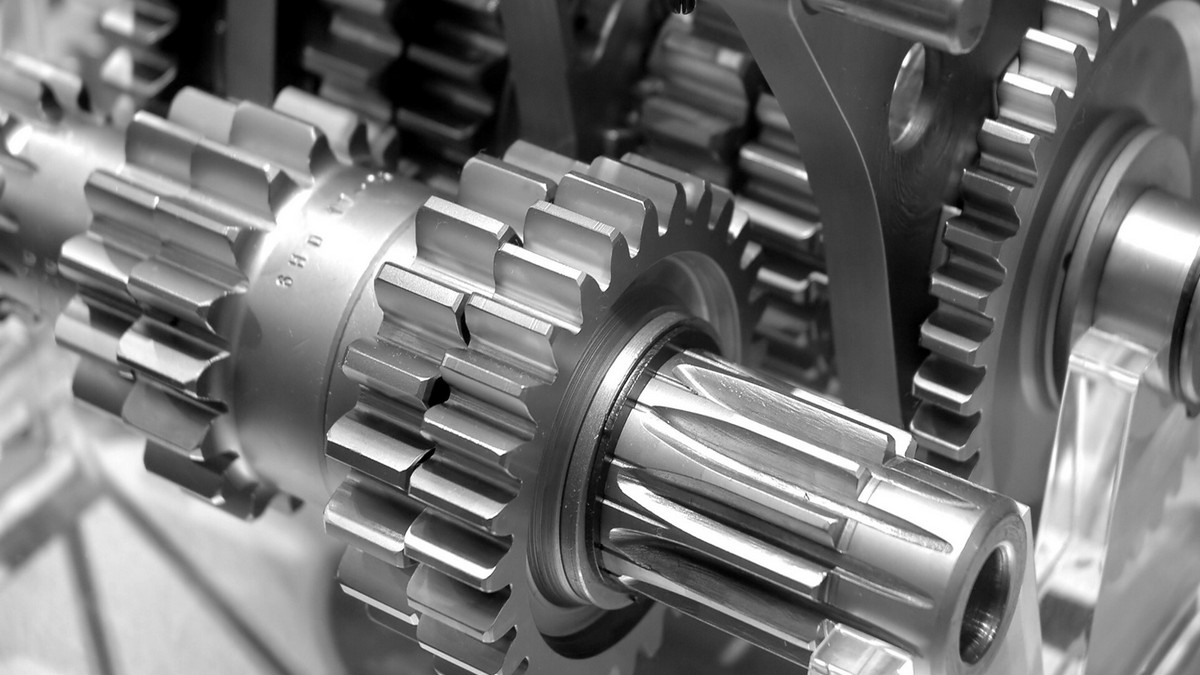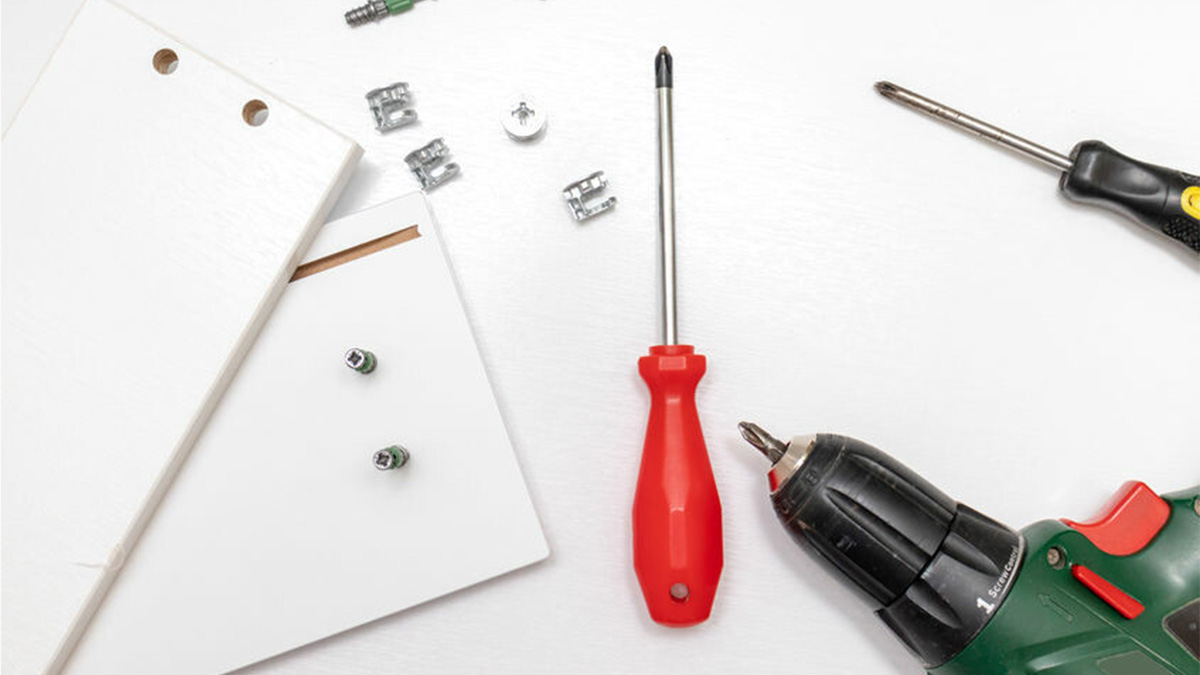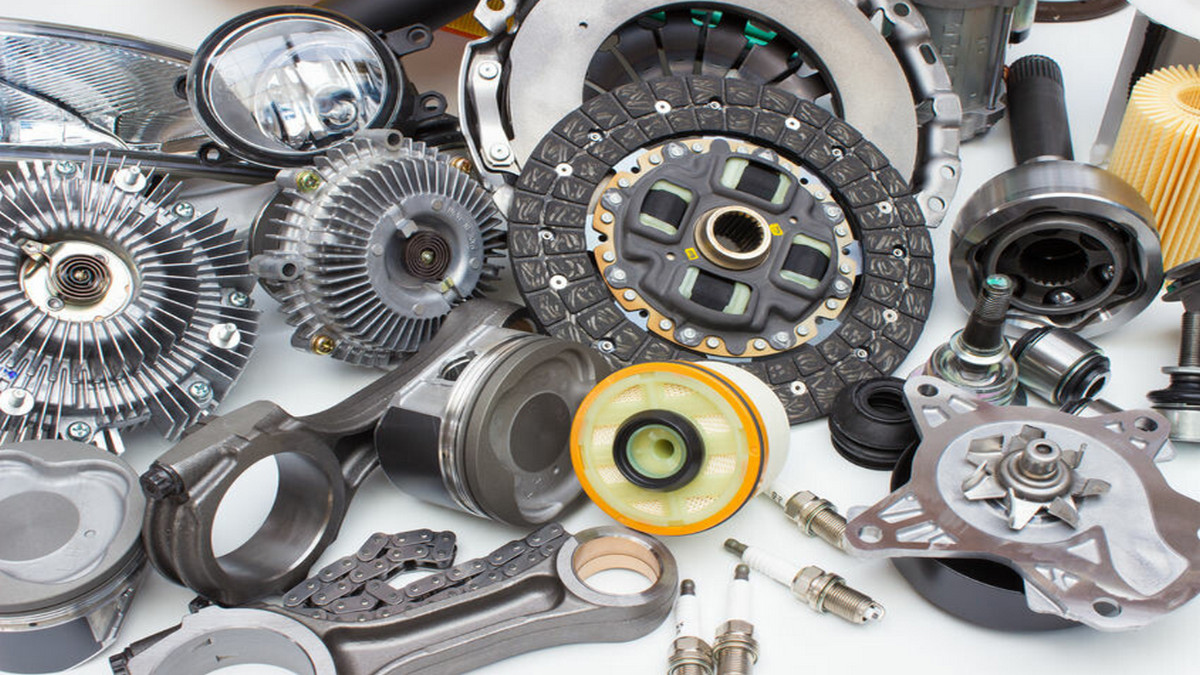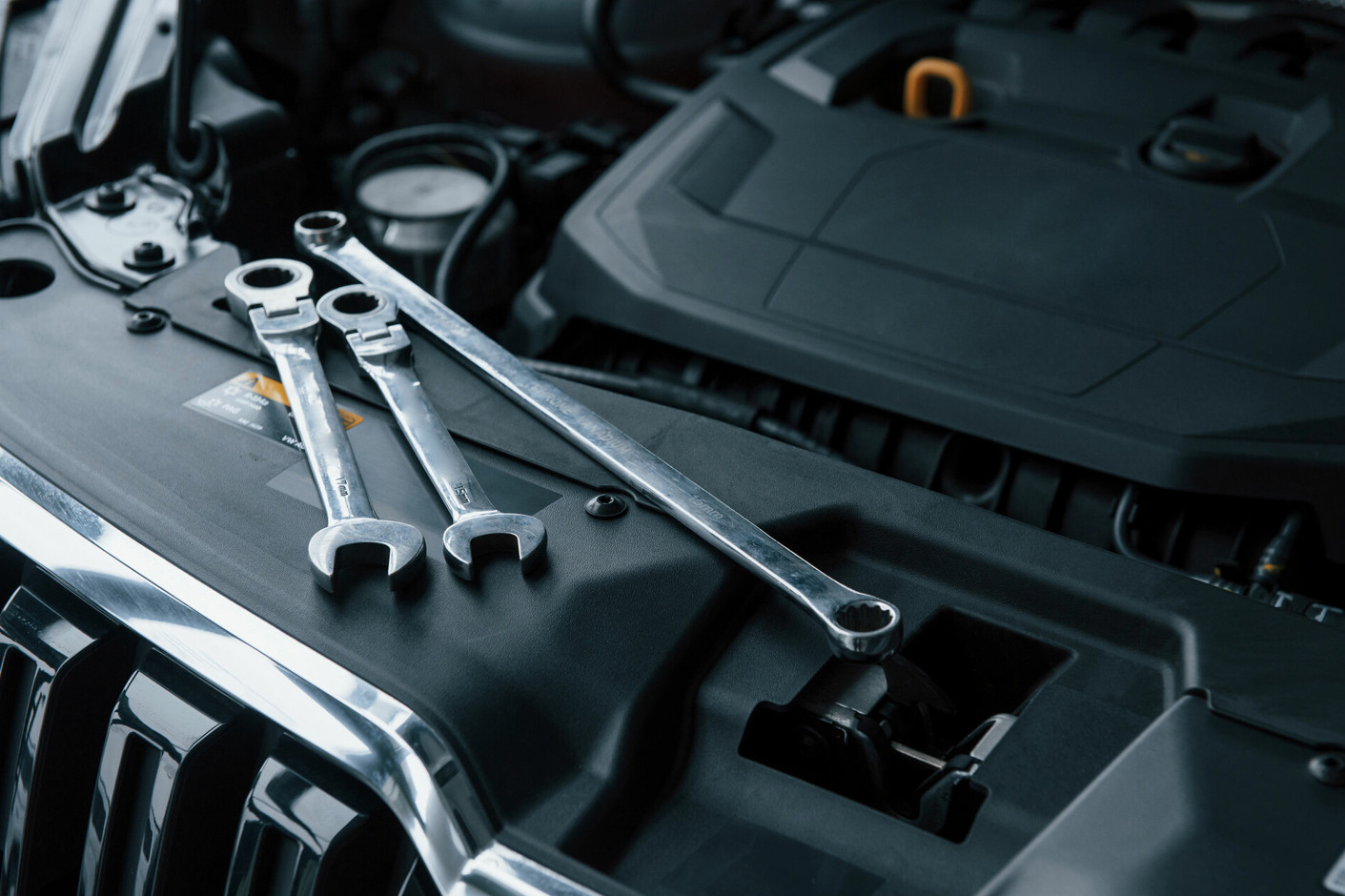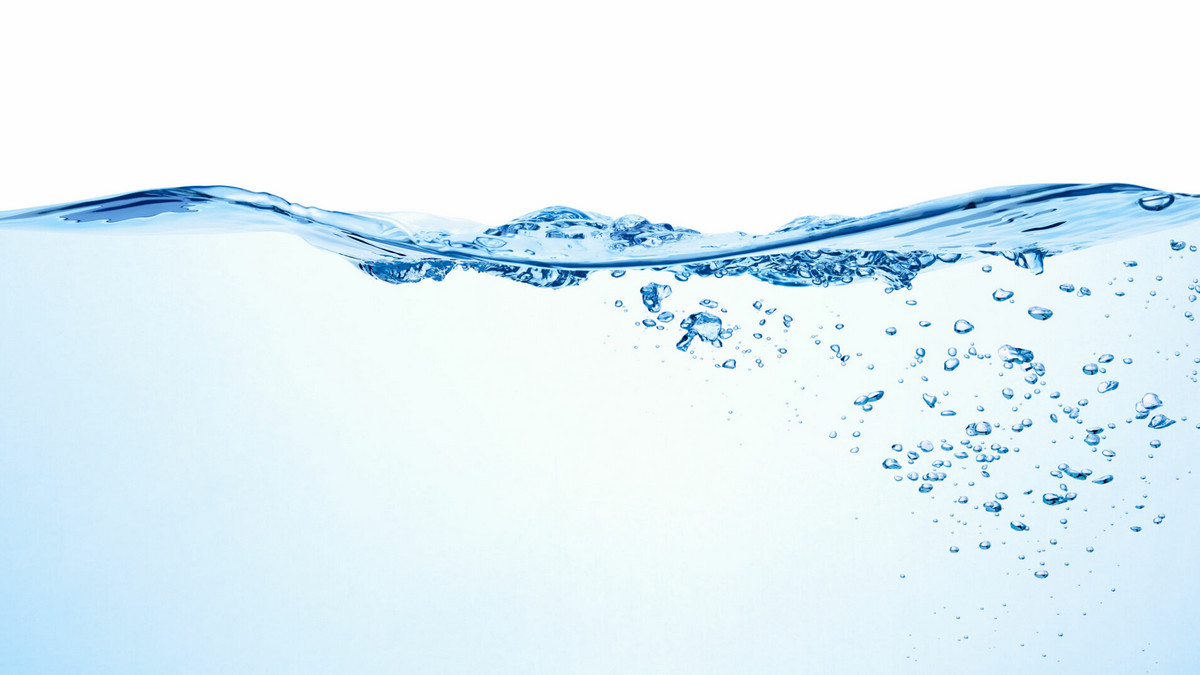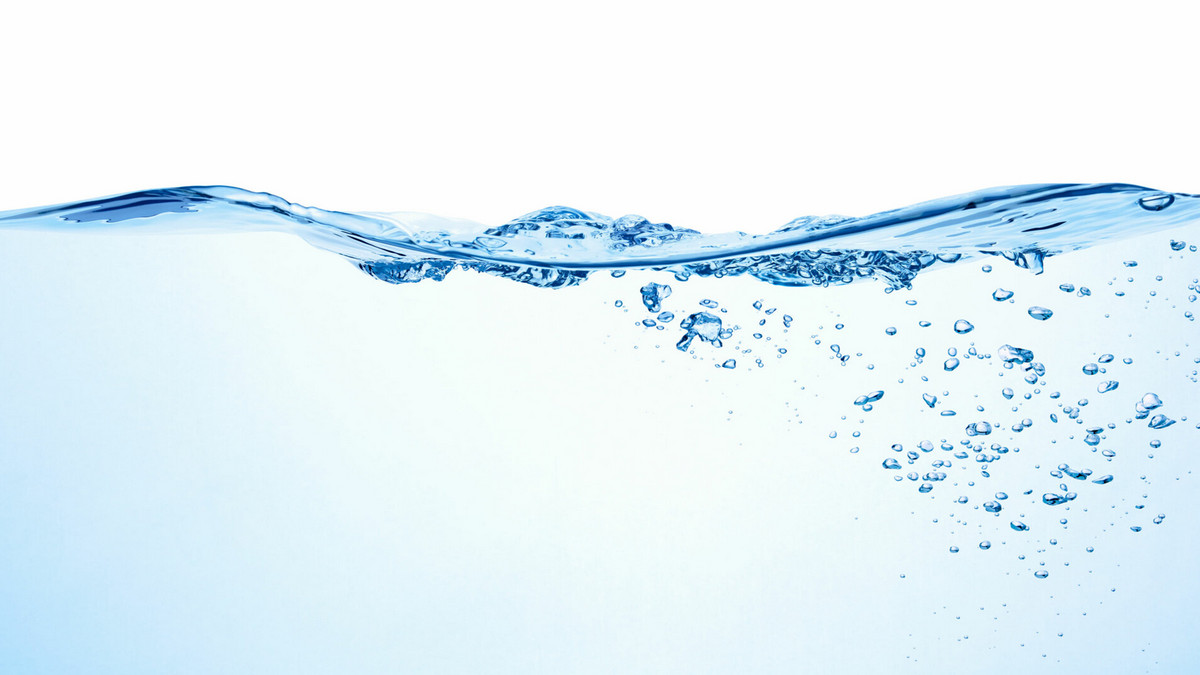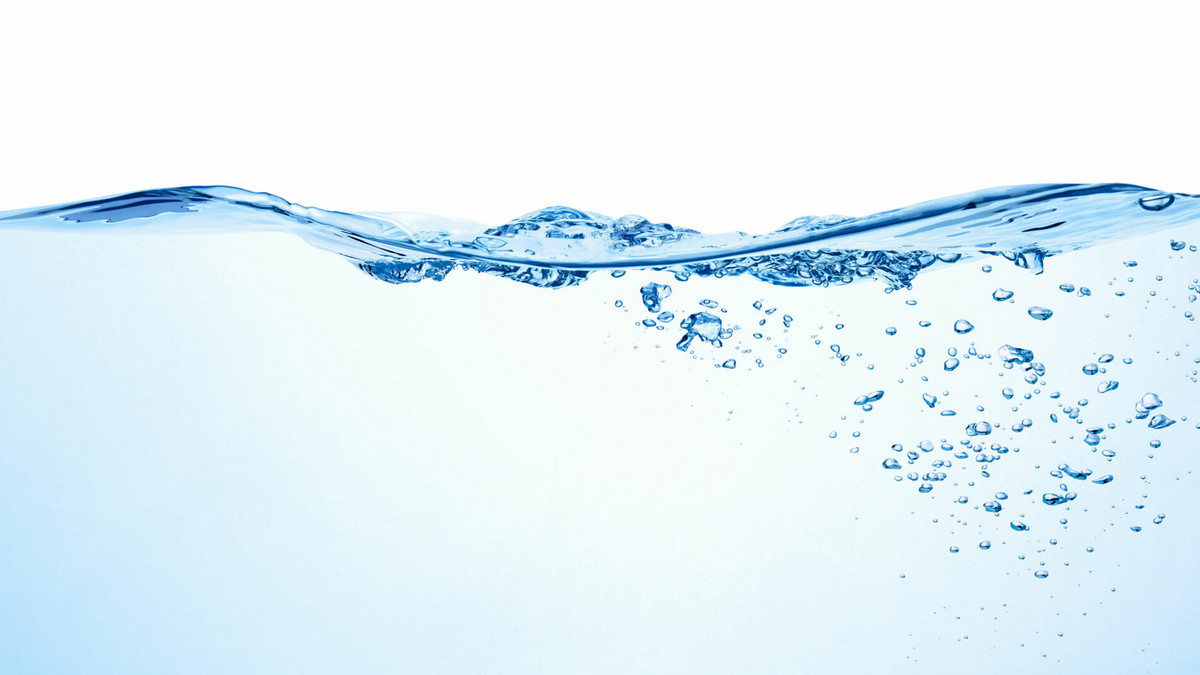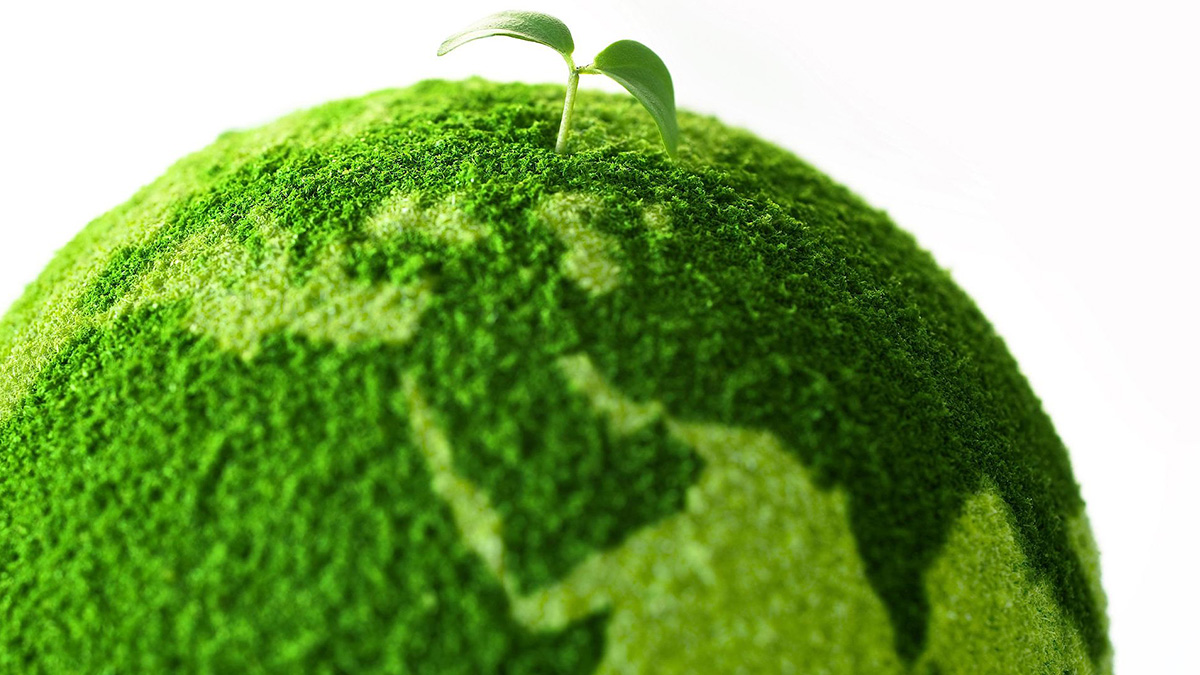Knurling is a mechanical process of rolling patterns on the knobs of metal products or other working surfaces, mainly for anti-skid purposes. And used in many hardware, mold, and mechanical components.
What is the Knurling Process?
The operation of rolling a workpiece to produce a specific pattern on its surface. The method of using a knurling knife to roll the surface of the workpiece out of straight or reticulated patterns is called knurling. After the workpiece is knurled, it can increase the beauty and is easy to handle. It is often used for the outer surface processing of parts such as micrometer casings and winch wrenches. Knurling is a machining process that forms a fine mesh and is generally a surface treatment process used to increase surface friction. Knurling will be done on the grip of the tool to facilitate the grip of the tool.
The knurling knife is composed of a roller and a knife body. The pattern can be divided into straight and reticulated patterns, and the patterns are divided into thicknesses and are represented by the modulus m. Knurling knives can be made into single-wheel, double-wheel, and six-wheels. The thickness of the pattern is determined by the size of the pitch. In the turning process, the knurling process of the parts is often encountered. The knurling process seems to be simple, but the pattern is often disordered due to improper operation.
- Single-wheel knurling knife: It consists of a straight-grained roller and a handle. A flower wheel is installed on a knurled handle, which is usually used to roll straight-grained.
- Double-wheel knurling knife: It is composed of two rollers with different rotation directions, a floating joint, and a handle. Two knurled wheels are installed on one knurled handle, generally composed of two opposite twill wheels. It is usually used for rolling mesh.
- Six-wheel knurling knife: It is composed of three pairs of rollers, and there are three sets of double-type wheels mounted on the handle, which can directly convert different pattern combinations. And the three pairs of rollers are supported by the floating connection head, which can roll out three kinds of reticulated patterns of different thicknesses.
What is the Knurling Method?
Since the knurling process uses rollers to roll the metal layer on the machined surface to produce a certain plastic deformation to form a pattern, the radial pressure generated during knurling is very large. Before knurling, the knurled surface of the workpiece should be reduced by 0.8~1.6m according to the nature of the workpiece material and the size of the knurling pitch P. The knurling knife is clamped on the tool holder of the lathe, and the center of the knurling knife is equal to the center of rotation of the workpiece. When rolling non-ferrous metals or workpieces with high knurling surface requirements, the roller surface of the knurling tool is installed at an angle of 3°~5° to the left relative to the workpiece surface, so that it is easy to cut and not easy to produce random lines.
Notes on the Knurling Process:
- When starting knurling, it is necessary to use a large pressure to feed the knife, so that the workpiece can be carved with a deeper pattern, otherwise it is easy to produce random patterns.
- To reduce the knurling pressure at the beginning of rolling, 1/2~1/3 of the width of the roller surface can be in contact with the workpiece. In this way, the knurling tool can be easily pressed into the surface of the workpiece. After the knurling meets the requirements of the workpiece when the car is stopped, the tool can be moved longitudinally. Repeat rolling 1 to 3 times until the pattern protrudes.
- When knurling, the cutting speed should be reduced, generally 5~10m/min. Select a larger longitudinal feed, generally 0.3~0.6mm/r.
- When knurling, it is necessary to pour cutting oil to lubricate the roller, and often cut out the cutting produced by the rolling wheel.
How to Process High-Precision Knurling?
How to process high-precision knurling, on the other hand, requires the use of high-quality knurling wheels. Take the ACCU straight grain 0.5 knurling wheel as an example. It has the characteristics of suitable hardness and clear pitch distribution, and the processing can ensure uniform output. Finally, it is necessary to use a precision knurling tool to enhance the stability of processing. Applicable machine types include automatic lathes and ordinary lathes.
Features:
- It is easy to adjust and set, and set the screw in the center of the knife to pre-store the diameter range of the workpiece.
- There is a scale for adjusting the diameter of the workpiece on the handle.
- Special surface product hardening treatment can prolong the service life of the tool holder.
- Hardened bushing can increase speed, efficiency, and life.
The knurling process is equipped with two straight-grained cutting wheels, which are aligned with the center of the workpiece, and the blade is inclined at about 3 degrees, which is convenient for cutting into the workpiece. The advantage of cutting knurling is to make the machined texture deeper. In the general extrusion process, the knurling finish and depth need to be increased in feed to achieve, which is easy to damage the machine tool.


